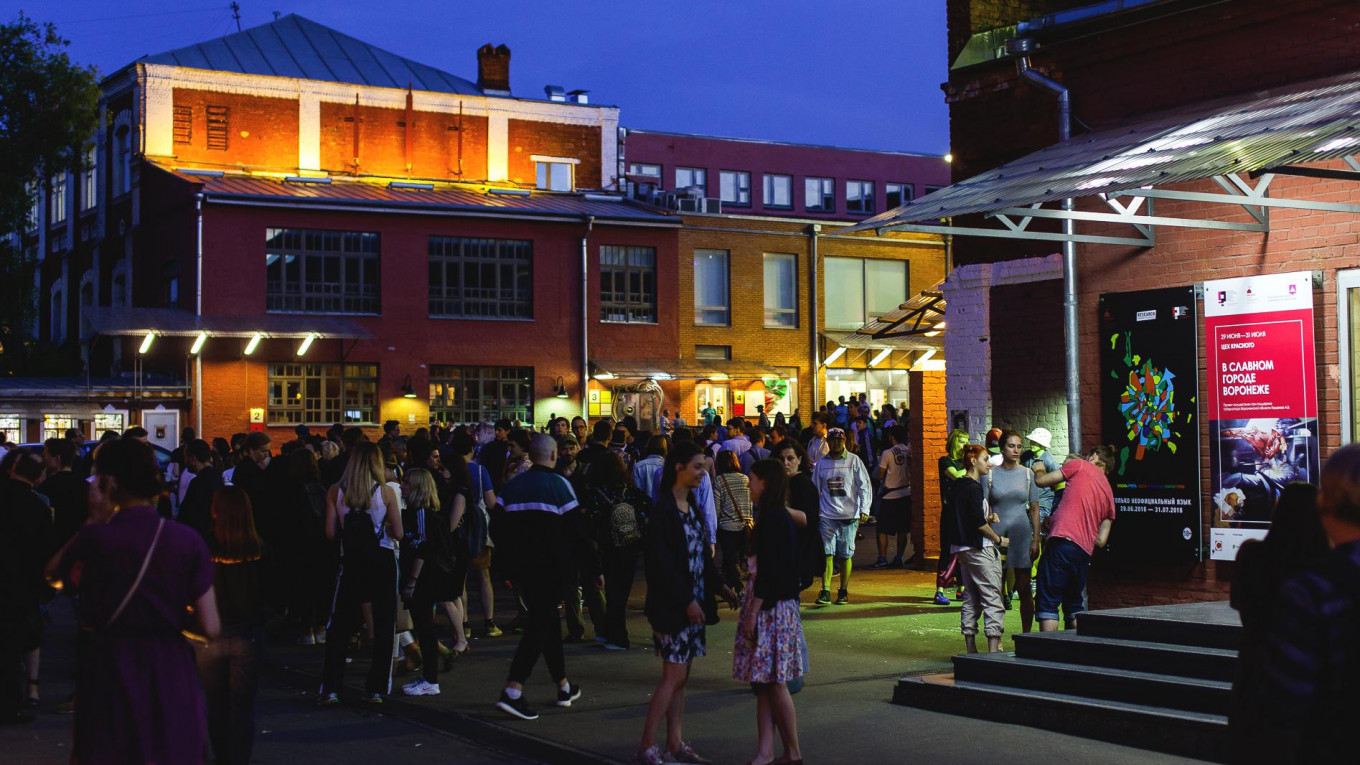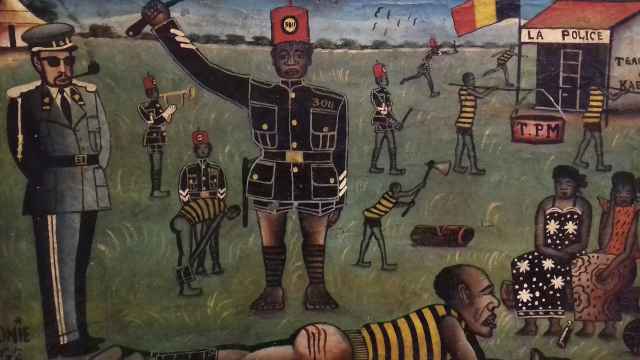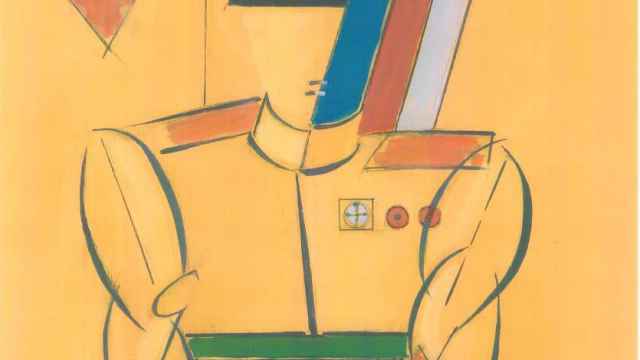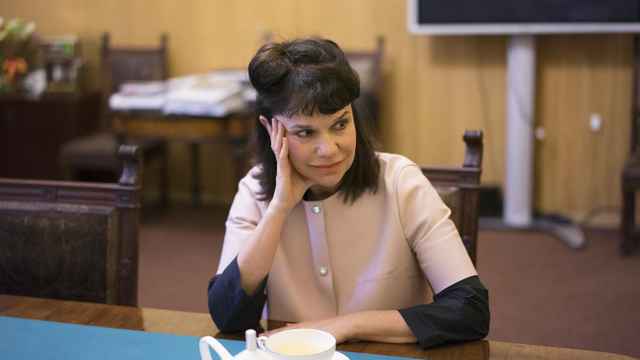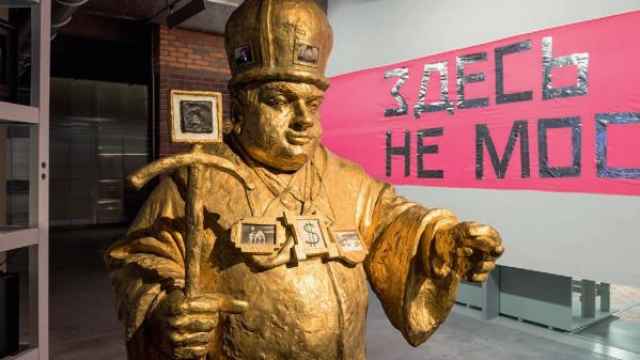When the Winzavod Center for Contemporary Art opened to much discussion 10 years ago with its first exhibit, it looked destined to become a revolutionary force on the Russian arts scene. It was. With its mission fulfilled and marking its 10th anniversary, Winzavod continues to push forward with an ambitious agenda and is hinting at more innovations to come.
Winzavod is embracing its 10-year anniversary as a chance to showcase the most significant events to shake up Russian contemporary art over the past decade, as well as put a spotlight on artists who helped shape the center into the influential art cluster it is today.
Around 500,000 people visit Winzavod each year—a stark change from the 1990s when contemporary art was confined to a narrow insider circle and artists had little hope of selling their pieces other than through personal connections. Even as late as 2007, on the eve of the center’s launch, art followers were forced to hunt out contemporary art exhibits at offbeat locations because Moscow still had no central platform for such art.
It was then that Winzavod, built within the confines of a dilapidated wine factory, emerged as the artists’ salvation. The developer Roman Trotsenko, who owns the property, invited leading Moscow galleries to unite under one exhibition space and five galleries initially took up the offer, and the numbers later grew to 10.
Sofia Trotsenko, president of the Winzavod Foundation for Support of Contemporary Art, told The Moscow Times that the idea of Winzavod started from a fascination with contemporary art.
“We wanted to prove that it’s not marginalized [in Russia], that it can be interesting to a very diverse audience and create something like New York City’s Chelsea neighborhood—a space convenient for getting to know contemporary art. That’s why we started by uniting the best galleries in the city, the strongest players, in one space,” she said.
Despite its successful launch and well-visited exhibits, Winzavod has also gone through several difficult years and the anniversary year finds the Center for Contemporary Art at a crossroads. Competition has become tougher for Winzavod since 2007 with the launch of new art powerhouses including the Garage Museum of Contemporary Art and the V-A-C foundation. As more contemporary art showcases open up in the city, Winzavod continues to search for ways to stay relevant and retain its audience.
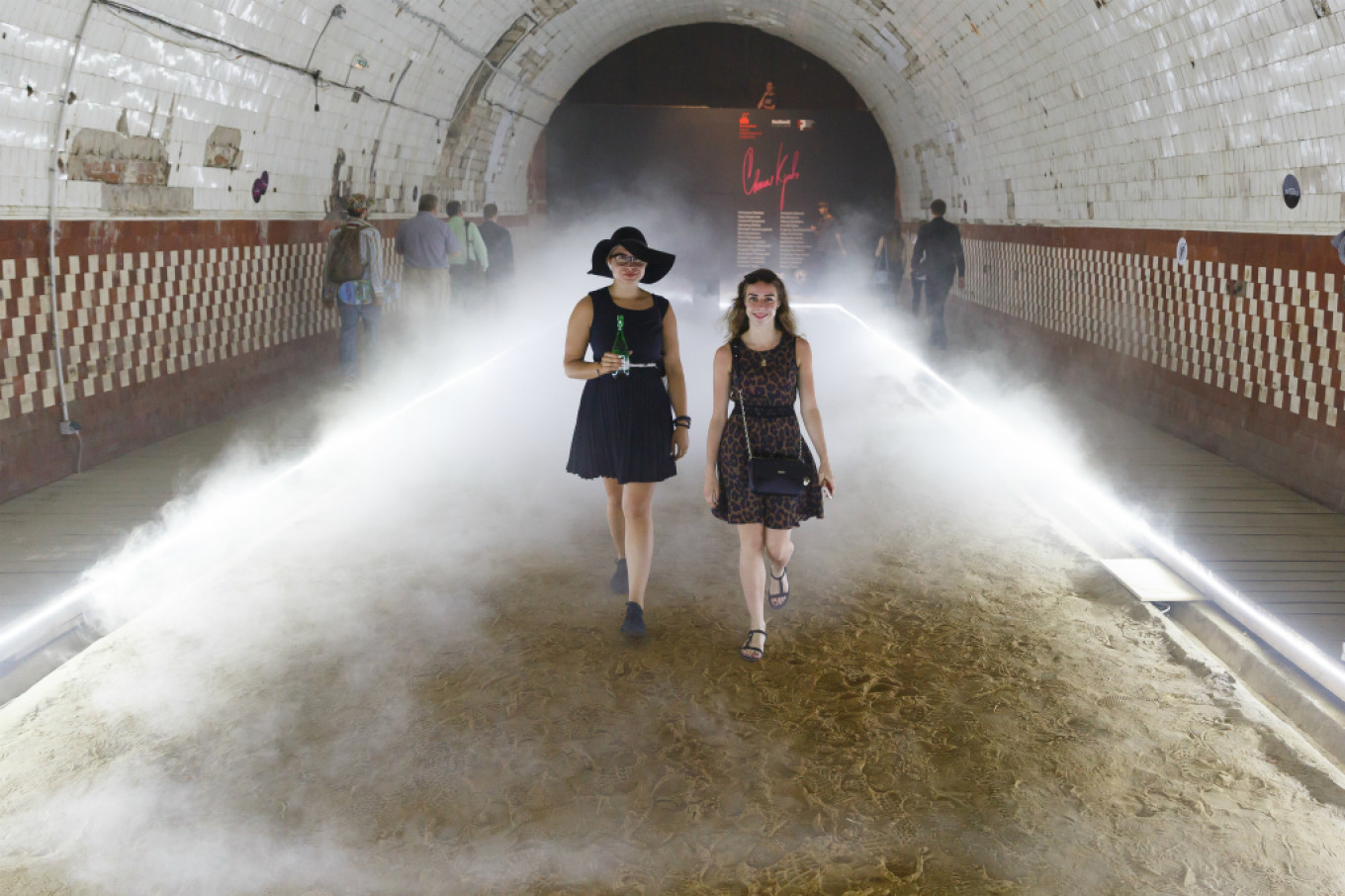
Its anniversary program reflects this search for a new identity in the changing arts sphere while also honoring past accomplishments. One of its two key anniversary exhibits, the installation “Synchronizing Time,” which opened in March, sums up Winzavod’s key milestones of the past decade, including hosting projects from the Moscow Biennale of Contemporary Art and the Moscow International Biennale for Young Art, street art festivals and design shows. The installation features photographs, videos and other archive materials.
Trotsenko calls Winzavod “a place of freedom, where new creative ideas and projects are born.” She adds that “it’s still the only place in Moscow where you can visit several leading contemporary art galleries and come with your whole family. While kids attend a crafts class, the adults can browse through the exhibits.”
The anniversary program also has a forward-looking component. The 12-part series “Farewell to Eternal Youth” is a collection of personal exhibitions by contemporary artists, many of whom started their careers thanks to Winzavod. The exhibit title points to the desire of Winzavod’s management to step away from calling contemporary artists “young” and instead to start seeing them as well-established players on the Moscow arts scene. The series launched in April with an exhibition by pop artist Yegor Koshelev and it will run until the end of 2017.
Nikolai Palazhchenko, the curator of the exhibition series, says that the artists of “Farewell to Eternal Youth” were in some way connected with Winzavod: “...all of them were influenced by this place. [Street artist] Misha Most had his first workshop here, [painter] Vladimir Logutov curated the Start program, all of them exhibited at galleries here, sometimes more than once.”
Another goal of the series is to “show those who are worth following in the next few years, who will still be trending in the future.” In the near future Winzavod will hold exhibitions of well-known artists such as installation artist Irina Korina, the ZIP art group and video/photo artist Yevgeny Granilshchikov.
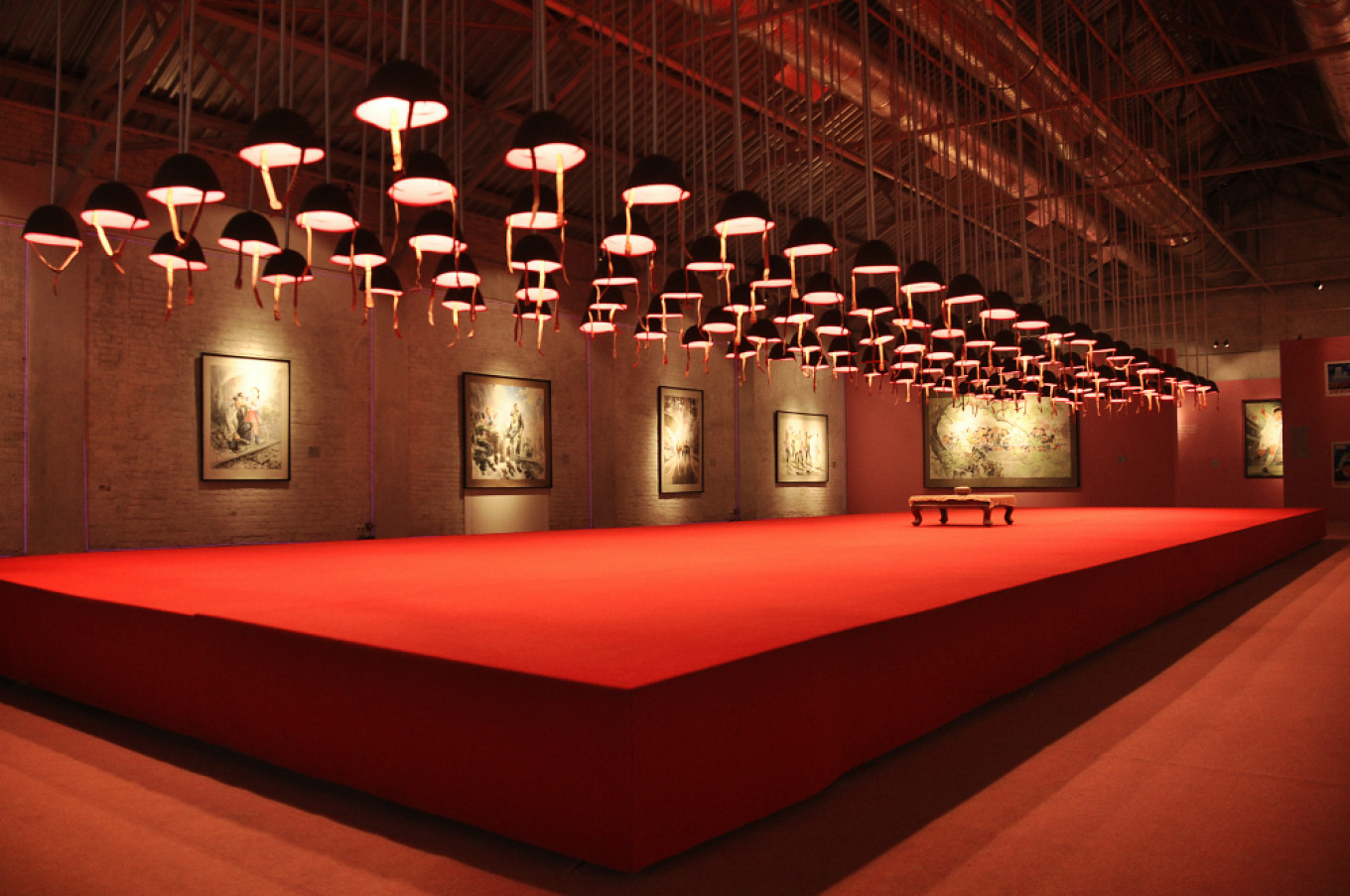
Although forward planning is the goal for Winzavod management now, they also plan to maintain existing projects that brought the center success in the past, including the Best of Russia photo exhibition, Philosophy Club lectures and the Start program, which supports emerging artists and connects them to Western galleries.
Trotsenko explains that Winzavod is a “place where you can realize your potential, a unique space where an artist can go through the key stages of a career: Organize the first exhibition as a part of the Start program, get noticed by the art community, get your work shown at a gallery, start selling and, finally, take part in projects with other institutions.”
These projects, along with Winzavod’s other accomplishments, will be described in an anniversary book published about the center and its role in boosting contemporary art in Moscow.
Trotsenko says that Winzavod’s mission is still “the same as 10 years ago: supporting contemporary Russian art and creating a comfortable environment for its development.” As for the future, the most important thing is the “need to develop education and the art market. That’s what we plan to focus on in the next few years.”
A Message from The Moscow Times:
Dear readers,
We are facing unprecedented challenges. Russia's Prosecutor General's Office has designated The Moscow Times as an "undesirable" organization, criminalizing our work and putting our staff at risk of prosecution. This follows our earlier unjust labeling as a "foreign agent."
These actions are direct attempts to silence independent journalism in Russia. The authorities claim our work "discredits the decisions of the Russian leadership." We see things differently: we strive to provide accurate, unbiased reporting on Russia.
We, the journalists of The Moscow Times, refuse to be silenced. But to continue our work, we need your help.
Your support, no matter how small, makes a world of difference. If you can, please support us monthly starting from just $2. It's quick to set up, and every contribution makes a significant impact.
By supporting The Moscow Times, you're defending open, independent journalism in the face of repression. Thank you for standing with us.
Remind me later.


